© 2000-2023 - Enkey Magazine - All rights reserved
ENKEY SNC - VAT ID IT03202450924 / REA Code CA253701 - Phone. 078162719
Ever since William English developed the first working mouse prototype, the strangest mice have been created and marketed over the years. Cumbersome mice, sleek minimice with artistic shapes or highly ergonomic for the comfort of gamers… Nowadays mice come in all shapes and sizes – the only constant being the hard work of research and development that goes behind each new release. with the only constant being the hard work in research and development behind each new model. Manufacturers are thriving to create increasingly versatile and practical devices.
Some of the strangest mice ever created however are so peculiar that people might wonder – and rightfully so – how they could stay in use for so long! Understandably, technology has undergone some deep changes in the last couple decades and even ordinary everyday devices, like mice, are no exception. New technologies and trends have developed over time – some thriving to become the next great hit, some others not quite so much.
So let Enkey take you on a tour to discover the stranges mice ever created in a gallery of one-of-a-kind designs. Top or flops? That’s your call.
William English’s wooden mouse
William English’s prototype is by far one of the strangest mice ever created – on top of being also the very first of its “progeny”.
The very first point and click handheld system, as envisioned by tech William English, looked nothing like the ordinary mice we’re used to. Rather, its appearance was akin to a square wooden box – cumbersome and as anti-ergonomic as possible.
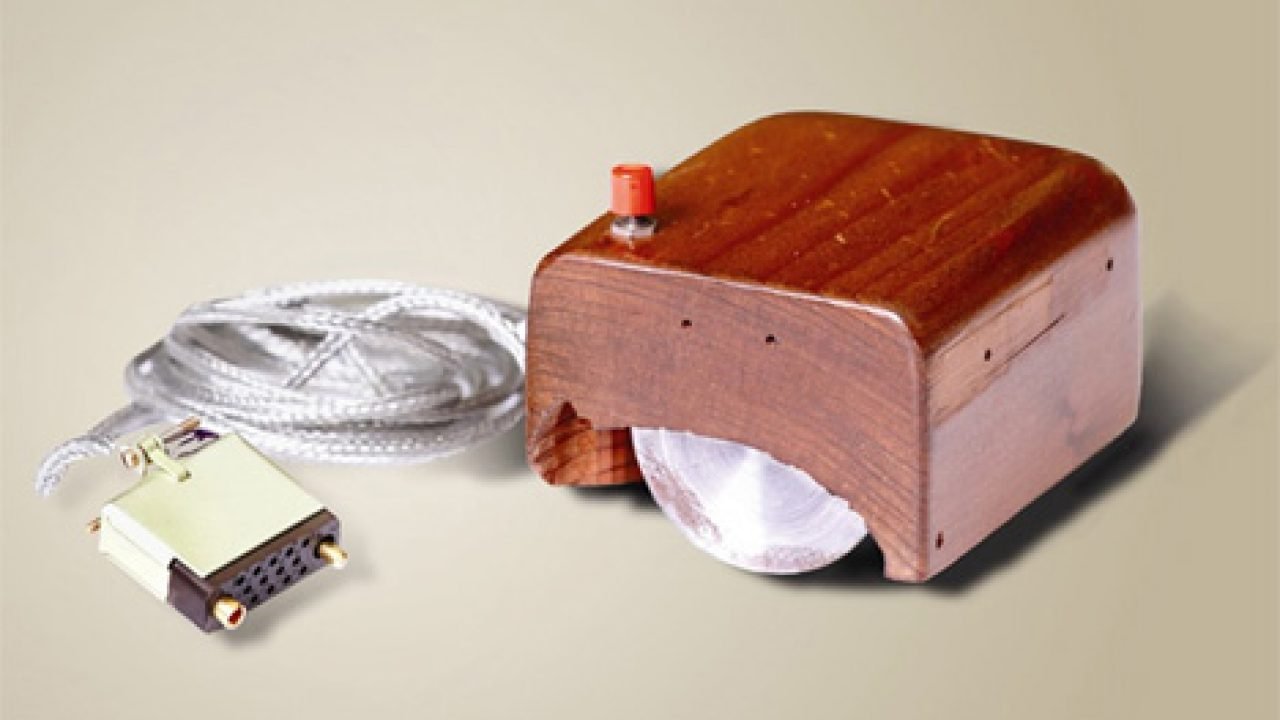
But for its time and age, English’s mouse was still a revolution.
Motion was made possible by two side wheels that were perhaps one of its weakest aspects – to the point that English himself set out to replace them with a inset wheel system that anticipated the ball mice.
English’s mouse was equipped with a single red button that allowed interaction with the limited OS of the day.
Xerox star introduces right-and-left click
Even after developing the first working wooden mouse, William English did not cease improving and fine-tuning the comfort and potentials of his creation.
After moving in to work at Xerox labs, Williams developed the new Xerox Star mouse. One of the strangest mice ever created, the Xerox Star was however comparably closer to the devices we use nowadays.

Its size was more compact than its predecessor and the double buttons located on the top allowed users to switch between left and right click to interact with UIs that were getting more and more complex. Even the wheels were replaced by a far more practical inset wheel system.
You could say that the Xerox Star was the missing link between William English’s first prototype and modern-day mice. It already anticipated some of the key features that would courtesign the next wave of computer mice and it’s still somewhat closer to our current experience.
Apple’s dabble in mouse design and why it did not really work
Ranking right up there amongst the strangest mice ever built is Apple’s peculiar iMac mouse, premiering in 1998. The ’90s were a time of intense revolution for Apple; the new line of iMac first – and the groundbreaking iBooks emerging shortly thereafter – brought color and new engaging dynamics into the computer world.
The design of iMacs at the time was unlike any other – with the translucent plastic, brightly colored cases and the round appearance, suggesting innovation and lending them a certain futuristic look. The mouse had to be just as innovative and reflect this “design revolution” – but user reception wasn’t exactly what designer Jony Ive had counted on.
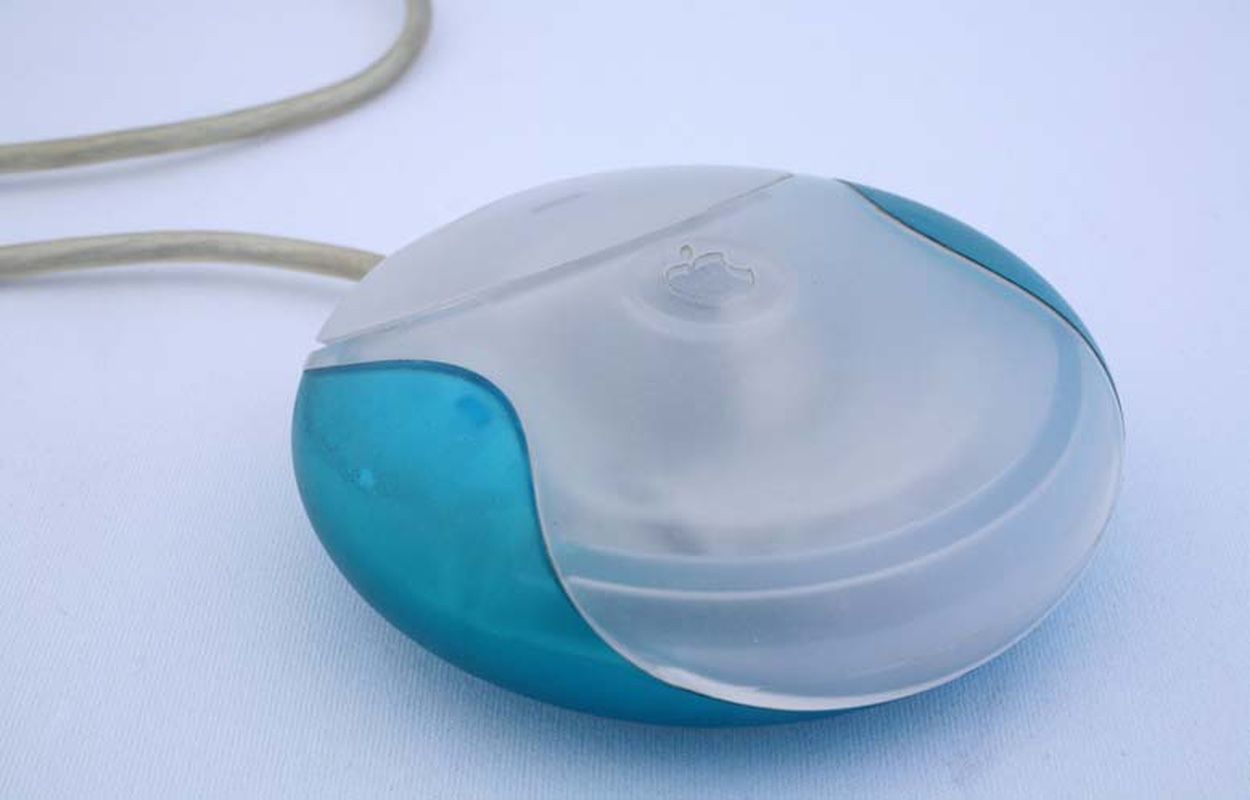
The aesthetic of the new Apple mice was puzzling to say the least. The devices were shaped like a flying saucer, and not sufficiently ergonomic for a human hand. To make thing worse, right and left buttons were placed at the side of the mouse, making their use unnecessarily complex.
Albeit original and unique in appearance, the new iMac mouse was extremely unpopular among users, which forced Apple to backpedal from what is still considered one of its most glaring flops.
Some of the strangest mice ever built include Super Mario and Lego
Innovative designs were not a prerogative of Apple alone, though. Nowadays there are a sleath of gaming mice which are both highly ergonomical (as any gaming device should be) and designed after some of the most iconic videogame titles out there.
Yet one of the strangest mice in the gaming world is undoubtedly the Super Mario Mouse, inspired by the wildly popular Super Mario franchise.
This mouse is designed to look like a 8-bit redition of everyone’s favorite Italian plumber. Yet the noticeably “pixelated” shape of the Super Mario Mouse must not be the most comfortable when playing – or even for your everyday chores.
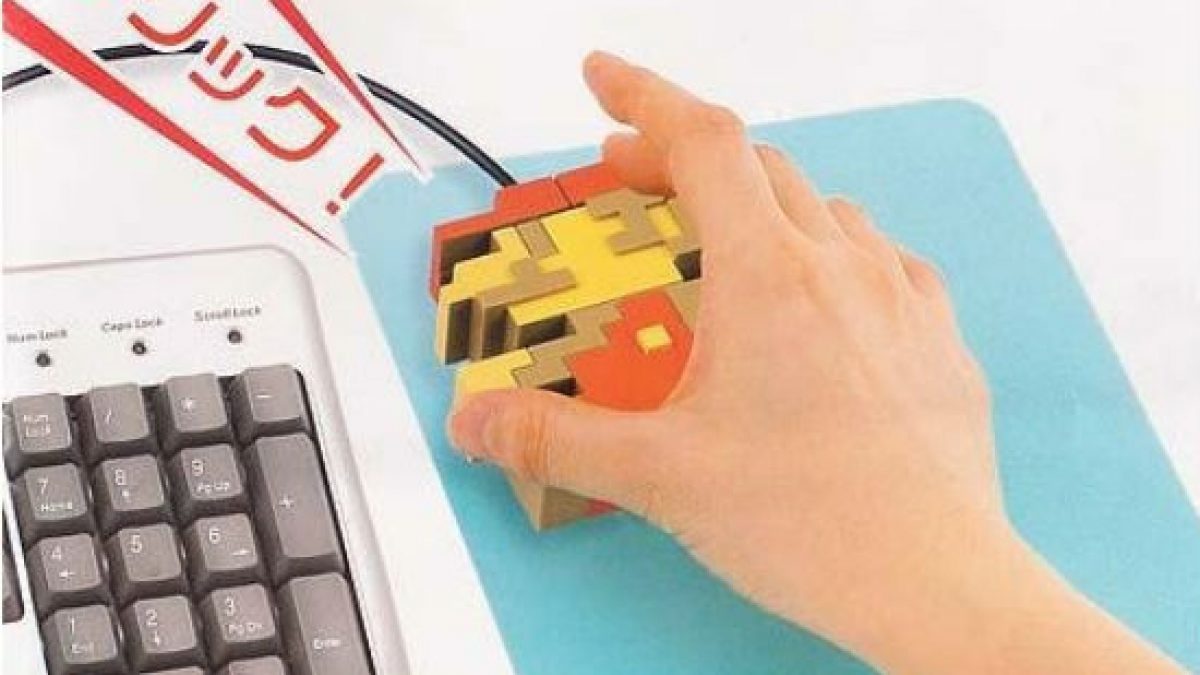
The left and right buttons are placed on the upper part of Mario’s head. The design is original though hardly practical.
And if you thought that mice design couldn’t get weirder – you’re in for quite some surprises. Another one-of-its-kind is the Lego Mouse which echoes the shape and color of the illustrious bricks.
Now people who have stepped on Lego bricks by accident will agree that the Lego Mouse looks hardly comfortable to use! Seriously, Lego – what made you think that was a good idea?
Some of the strangest mice ever created… are (also) decidedly incongruous
We’ve seen how the mouse industry developed some highly bizzarre and unique looking mice over the years – but there’s far worse out ther. Some mice are decidedly incongruous, and some downright in poor taste.
One prime example may very well be the Spider Mouse. With its transparent sylicone case inset with a lifelike spider, this mouse is guaranteed to make any aracnophobic run for the hills.
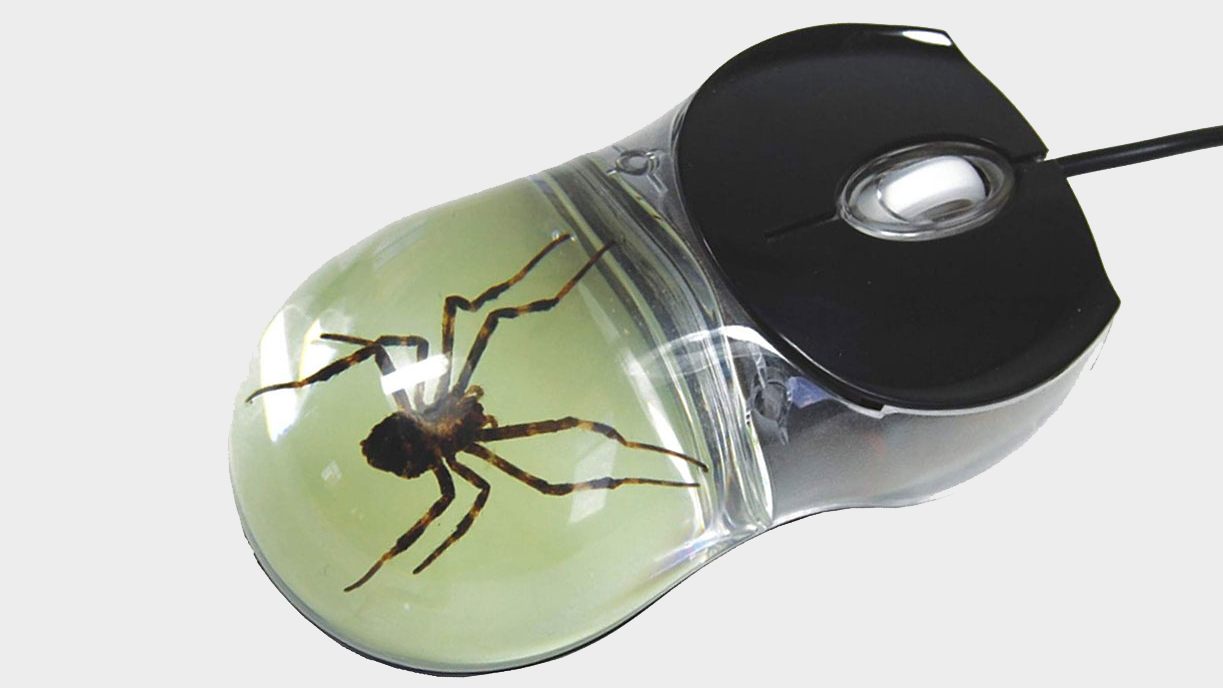
While there are little evidence that the spider may be still alive when trapped in the sylicone case, even the alleged eventuality of animal cruelty is an appalling thought.
Equally disturbing is a photorealistic mouse designed to look like its animal namesake. The device is covered in synthetic fur and and reproduces in gross detail the mouse’s appearance. The overall result is not only unpractical but also rather grotesque.
Sexy mice are also a thing (bet you didn’t see THAT coming!)
Some mice are also inspired by the ever thriving adult industry and range from being quite tongue-in-cheek to downright NSFW.
The former are shaped in the guise of the female body, either naked or suggestively clad. The second wave is far more explicit in portraying female (and rarely male) genitalia in accurate detail… some may even say disturbingly so.
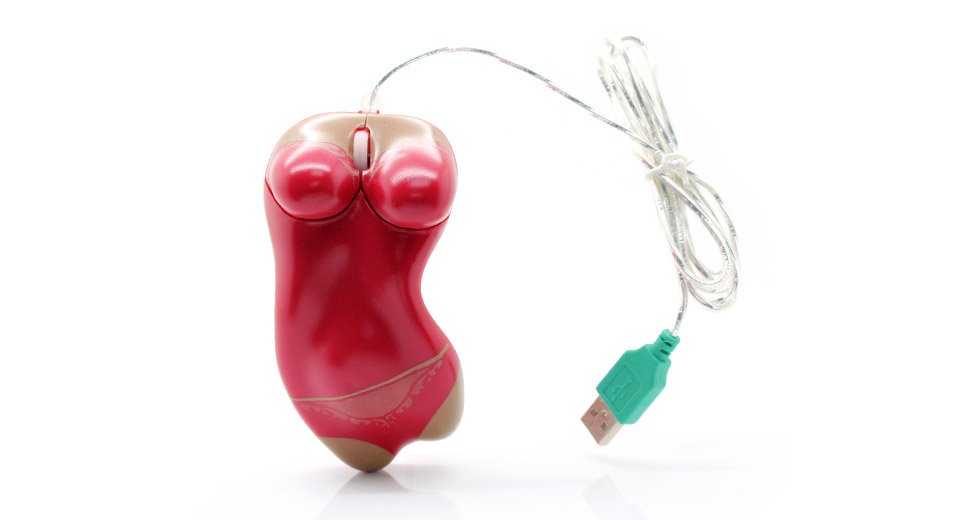
Odd as these sexy mice may appear, the manufacturers aim to appease to the users of online stores rather than to the average and “physical” tech shops (where material of such explicit nature may not be suitable for exposure).
Unsurprisingly, the sexy mice cater to an ever increasing demand for adult-themed technology. This scenario perhaps best reflects how the sexualization and objectification of the body (particularly the female body) has been highly successful as a marketing strategy, since the very beginnings of human society.
This post is also available in:
 Italiano
Italiano

